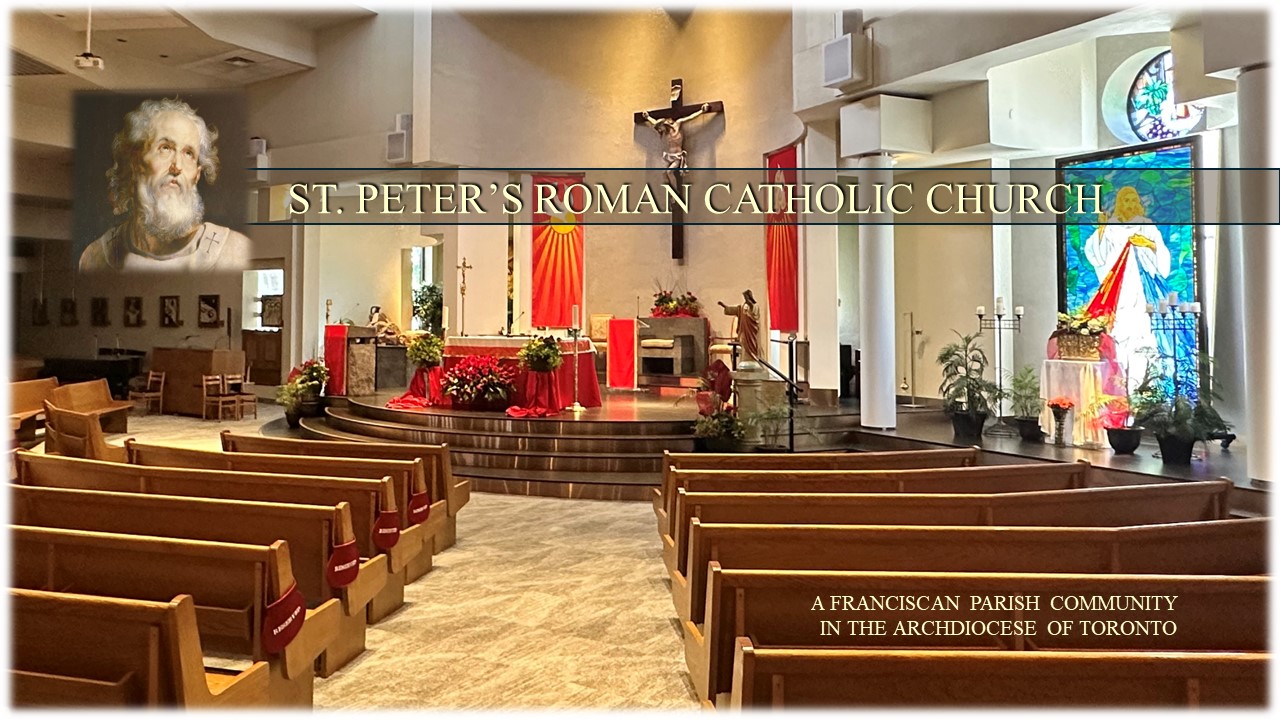Mass etiquette
When people think of Mass etiquette, probably what comes to mind most are the obvious: having cell phones turned off, no chewing gum, keeping quiet etc. While these are valid points to remember, Mass etiquette is not only a listing of “do’s and dont’s” but an invitation to all who come to church to remember where they are and to act accordingly.
St. Peter’s Church interiorAt this page, you will find the Mass etiquette broken down into the various categories of: Before Mass, During Mass, After Mass and Common Practices.
